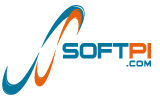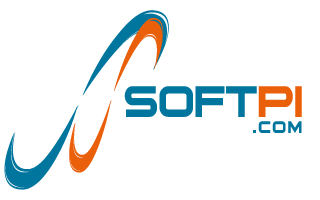CORSI JAVAEE-BASED ENTERPRISE STACKS COMPARISON
Durata: 1 giorno.
Language: Training in Italian and English Language / I corsi possono essere tenuti in Italiano e in Inglese.
Goals
This one-day course will:
introduce the participants to JEE (Java Enterprise Edition) concepts
introduce them to new and most important concepts like SOAs (Service Oriented Architectures), ESBs (Enterprise Service Buses),Portals, JBI (Java Business Integration) and Business Process Management standards like BPEL, RIA (Rich Internet Applications) and AJAX
give an overview of how much these concepts are implemented into actual commercial products
show how integrate these concepts into standard Enterprise Stacks to create cheaper, faster-evolvingarchitectures and better interfaces
give an overview of likely open source alternatives
talk about costs
reference to legal aspects of software choices
Contents
Surveyed Application Servers
Each and every one of these App Servers will be discussed and compared:
BEA Weblogic
IBM WebSphere
Geronimo (and IBM WebSphere Community Edition)
Sun Java System Application Server (GlassFish)
JBoss
Oracle Application Server Suite
Allaire/Macromedia JRun
Classical JEE/J2EE Enterprise Concepts
An intro to the following concepts, just to understand why Enterprise IT relies on Enterprise Application servers:
Distributed Logic Computing
Resources and Objects
Clustering
Software factory guidelines and templates
Database Integration
Messaging Systems
Middleware Integration Adapters
Classical JEE/J2EE Enterprise Requirements
Introduction to features assured by JEE standards.
High Availability
Load Balancing
Fail-over
Scalability
Security
Maintainability
Enterprise Processesround-up monitoring
J2EE/JEE Standards role
Single Platform Standard compliance level
New Enterprise Concerns
Today enterprise IT is made of shifting requirements and need for speedy deployments.
Some emerging technologies, like SOA, or ESB or JBI tend to address these concerns.
We will see them in detail and rate each platform support.
Service Oriented Architectures (SOA)
Web Services and functionality exposition
JBI – Business Integration through WS
Visual Business Process Modeling through BPEL and open standards
Enterprise Service Bus Architectures (ESB) and their advantages
Identity Management – SSO – User Authentication and Authorization – Profiling
AJAX and other technologies for Rich Internet Applications (RIA)
The browser as a web service orchestrator
Evolution of Portal Technologies
Web Clipping and Portal Integration
Quality Factors
Monitoring Tools
Development Tools
DocumentationQuality
Stability and trustedness
Economical issues
Licensing schemes
Free Support Quality
PaidSupport Quality
TCO
Adopted Technologies Lifespan
Comparing overall costs
Legal issues
Who owns what
Licence Issues
Intellectual Property Issues
Open Source and Open Standards
Indemnification






